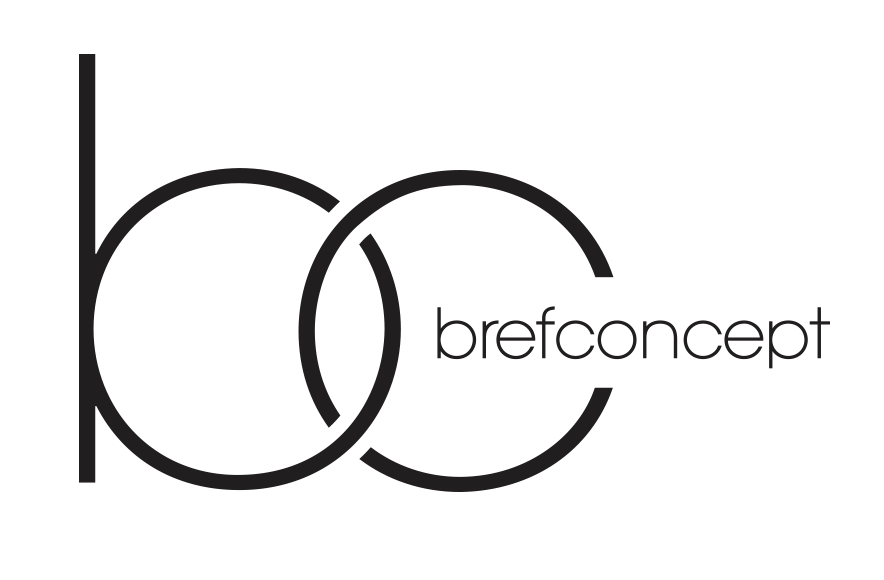These prices can rapidly accumulate, impacting a company’s backside line—yet they are essential for creating an surroundings where workplace workers can thrive. Conversely, the structured work setting of an office house supplies the scaffolding many employees require to excel. Imagine a workday that begins at your peak energy how to manage a remote team hour, with the freedom to juggle tasks around personal commitments—this is the autonomy distant work offers. The trendy workplace is characterized by a dynamic shift from the traditional office setting to extra versatile distant work arrangements. This shift has sparked a debate on the merits and disadvantages of remote work versus traditional work. Understanding these can help people and organizations make knowledgeable selections about their work practices.
Balancing Ramadan And Work: Ideas For Workers
Digital workers, however, would possibly find it challenging to switch off from work mode. As a supervisor, it is essential to respect boundaries and encourage a healthy work-life steadiness, whatever the work setting. Conventional staff, often referred to as ‘in-house employees’, are the backbone of many companies. They’re the parents who clock in at 9 and clock out at 5, spending their workdays throughout the bodily confines of the office.
Understanding the obstacles that include office work might help you deal with them forward of time and make the workplace space a extra supportive place for your team and business. Improved collaboration is one of the standout advantages of working within the workplace, particularly when it comes to face-to-face conversations. These spontaneous interactions usually spark creativity, improve problem-solving, and provide valuable opportunities for professional networking.

Despite the benefits of conventional office jobs, there are also drawbacks to consider. One of the most important challenges of working in an workplace is the shortage of flexibility. Staff are sometimes required to work set hours in a chosen location, which can be limiting for those who favor a more flexible work surroundings.
In The Meantime, further analysis by McKinsey suggests 85% of executives throughout all industries have either somewhat or significantly accelerated the implementation of applied sciences supposed to support distant work. Of that 85%, 38% expected their distant workers would work two or extra days a week, and 19% anticipated three or extra. In workplace work, employees profit from immediate access to a collection of assets, which may drastically scale back downtime and enhance productiveness. With on-site technical help at the ready, any expertise hiccup could be swiftly addressed, minimizing disruptions and maintaining a steady workflow. To counteract this, corporations should proactively implement digital social occasions and team-building opportunities to maintain connectedness amongst distant groups. The monetary implications of distant work vs workplace work are significant and benefit cautious consideration.
Distractions are the frequent enemy in each remote and office environments. Distant settings could introduce interruptions from family activities, whereas workplace spaces are fraught with unplanned conferences (requiring careful management) and ambient noise. The impact of labor environments on productivity and efficiency is a important issue in the distant work vs. workplace debate. Each settings have strengths and weaknesses, and understanding these may help you make choices that amplify your effectiveness and job satisfaction. This flexibility enhances job satisfaction and empowers staff to sculpt a wholesome work-life stability, where work molds around life, not vice versa. Kumospace is right for serving to groups and people discover their most artistic working patterns and establishing the most effective sort of assembly to get tasks shifting or remedy issues.
Distant Work Vs Hybrid Work
- The impact on enterprise operations and prices when evaluating virtual and conventional employees.
- Via the distant work mannequin, your small business can reap the benefits of a wider vary of demographics that might have been ignored when focusing solely on local candidates.
- Making sure everyone’s plugged in with the right tools and assist can ease these bumps.
- The distinction between home and remote working turns into especially relevant during the hotter months, when employees could additionally be tempted to take their work outdoors or to a different location.
- Remote work can even current challenges when it comes to communication and collaboration.
- In a nutshell, virtual staff are a breed other than traditional workers.
Furthermore, employers can acknowledge the importance of supporting remote work preparations and develop strategies to optimize productiveness and worker satisfaction. Traditional workplace jobs have their own set of benefits that make them a desirable choice for many workers. One of the most important benefits of working in an workplace is the opportunity for social interplay and collaboration. In an workplace setting, employees have the opportunity to construct relationships with their coworkers and collaborate on initiatives in real-time. The shift to remote and hybrid work offers unimaginable opportunities but requires thoughtful strategies to take care of productiveness and engagement. By providing your staff with versatile work environments—whether at home, in the office, or a coworking space—you create a dynamic workforce ready to thrive.
Swapping rush hour site visitors for a brief stroll to your dedicated residence office spares your pockets and nerves from the tribulations of public transportation and gas bills. But it’s not nearly transportation; distant staff additionally reduce food and office apparel prices, including a number of additional dollars to their financial savings accounts. This information will break down the key advantages and challenges of every, so you can decide which is greatest on your work-life steadiness and productivity.
Although remote work presents quite a few advantages, it’s not without challenges. In this part, we’ll explore the potential drawbacks of distant work and the way they’ll impression your corporation. The on-line setting offers us several opportunities for efficient communication with out the need of communicating synchronously.
By embracing strategies to overcome the challenges of distant work, you presumably can thrive on this evolving work panorama. In conclusion, both distant work and traditional workplace jobs have their very own set of pros and cons to consider. Distant work provides flexibility, autonomy, and a scarcity of commute, while traditional office jobs present social interplay, structure, and collaboration.
This job permits employees to search out their rhythm, resolve when and how to work, and reply urgent points on the weekends or at evening. Folks with steady internet really feel snug in their homes, other nations, and cities. It facilitates a complete and well-balanced approach to work and life, rising worker satisfaction and quality of life.

On the other hand, the normal workplace setup fosters teamwork, collaboration, and spontaneous interactions among colleagues. It offers a structured setting and promotes a way of belonging and camaraderie. But, it might result in longer commutes, inflexible schedules, and restricted work-life stability. Ever because the pandemic, many employers have embraced distant work because the dominant work mannequin. But, the work-from-anywhere “influenza” hasn’t reached every workplace, with some still insisting on traditional office settings.
Soak up these perks and you’ll be in your way to creating a work setting that makes the most of what distant work can deliver. For a extra detailed look, check out our article on distant work vs office-based work comparison. Whether Or Not you’re keeping track of a small team or juggling a gigantic company, getting the hang of what makes remote work tick is pretty essential when you’re weighing up your options.
Accenture’s 2021 Future of Work Survey found 83% of staff favor hybrid work over other choices saas integration. Supporting distributed and traditional work fashions allows employees to work however most closely fits their unique wants. The biggest disadvantage of a hybrid mannequin is a more significant cultural shift than even distributed work.

In this part, we’ll discover how to assess worker preferences, consider job roles, and implement insurance policies that cater to the evolving wants of today’s workforce. The hybrid work model https://www.globalcloudteam.com/ emerges as a bridge between the extremes, offering a mix of distant flexibility and in-office interaction. By integrating digital team-building actions with scheduled in-person conferences, companies can foster a sense of belonging whereas accommodating numerous work preferences. Social interplay and company culture are the heartbeats of any organization, significantly impacting employee morale and retention. As we explore the social dynamics within remote and office settings, we will uncover how every work mannequin shapes the interpersonal relationships that underpin a thriving company tradition.
